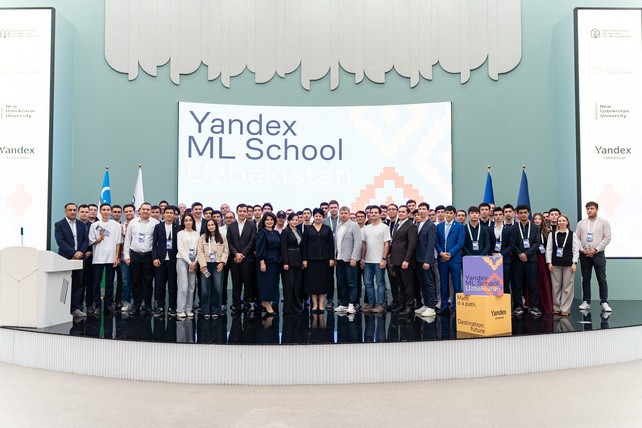The gaming industry has strengthened its status as the largest segment of the digital economy. At the end of 2024, its global revenue was $ 187.7 billion, an increase of 2.1% compared to 2023. Analysts at AdvGame (a division of Affiliate Kokoc Group) predict that by 2027, the global market volume will reach $ 198 billion, with an average annual growth rate of about 3.7%.
The main revenue generating centers are China ($94 billion), the United States ($78 billion), and Europe. The Russian market is estimated at $ 2.3 billion, but thanks to the development of partner programs and the flexibility of local publishers, it is one of the most promising regions.
Monetization models and platform structure
The structure of game content consumption continues to shift from single purchases to long-term schemes: subscriptions, in-game purchases, and F2P mechanics are becoming the standard. In 2024, the leading position was maintained by the mobile segment with revenue of about $ 92 billion (49% of the market). Console games accounted for $ 51 billion (28%), while PC games accounted for $ 43.2 billion (23%). Cloud solutions still occupy a modest niche with a volume of about $ 2.4 billion, but by 2027 their share may increase to 3-4%, creating new opportunities for hybrid monetization models.
Changes in genres
The year 2024 was marked by changes in the structure of genres. Strategies outperformed RPG for the first time in terms of revenue — $ 17.5 billion (+16%), while RPG's share declined by 17% to $ 16.8 billion. Hyper-casual games have stabilized their positions, and the market is showing interest in more complex scenarios and extending the project lifecycle. The AAA segment faces rising costs and a lack of innovation, while the indie scene continues to gain momentum: projects like Hades 2 and Scorn are finding an active niche audience.
Audience and player behavior
Mobile games remain the most attractive for audiences aged 25-44 in Asia, the United States, and Europe. In Latin America and the MENA region, there has been a significant increase in the number of gamers, due to the demand for social interaction and affordable recreation. PC and console players are mostly men aged 18-35 from the United States, Germany, Great Britain, Russia, Korea, and Turkey. This group is characterized by long gaming sessions, interest in competitive mechanics, and high activity in the communities of Twitch, Discord, and other streaming platforms.
Marketing strategies and expenses
The gaming market relies on CPA, CPI, collaborations with influencers (YouTube, TikTok, Twitch, Discord), game trailers, offline activities (exhibitions, banners), Playable ads, challenges and Drops on Twitch. Leaders in marketing spending remain Cyberpunk 2077 and GTA V — $ 120 million and $ 128 million, respectively. The cost of attracting users varies: in the United States and Canada, CPA is $ 2.5– $ 5, CPL is $ 8-15; in Europe— 1,8–4 / 6-12 USD; in Russia and the CIS— 0,5–1,5 / 2-6 in Asia (Korea, Japan) — 3-6. 5 / 10-18 dollars; in Latin America— 0,6–1,8 / 3-7 dollars.
Key trends
The gaming industry is showing a clear shift towards mobile and cloud platforms. Hybrid monetization models, integration with influencers, and personalized CPA approaches are coming to the fore. The market is increasingly focused on data optimization and creating "live services" with constant analysis of audience behavior. Against this backdrop, cloud gaming and flexible monetization models are opening up new niches for growth, especially in developing regions.
2024 is the year of the industry's second stage of maturation: games are turning into multi-channel services with high competition for audience attention and an increasingly sophisticated marketing and monetization ecosystem.













